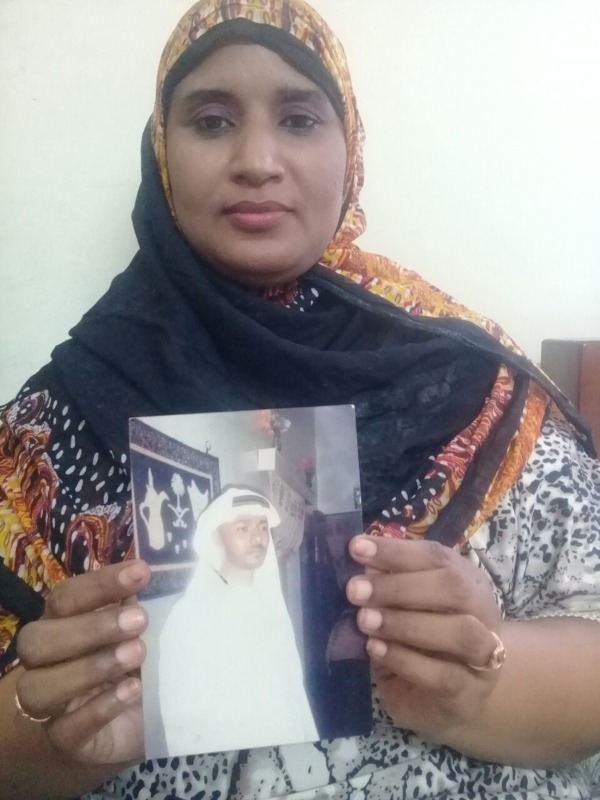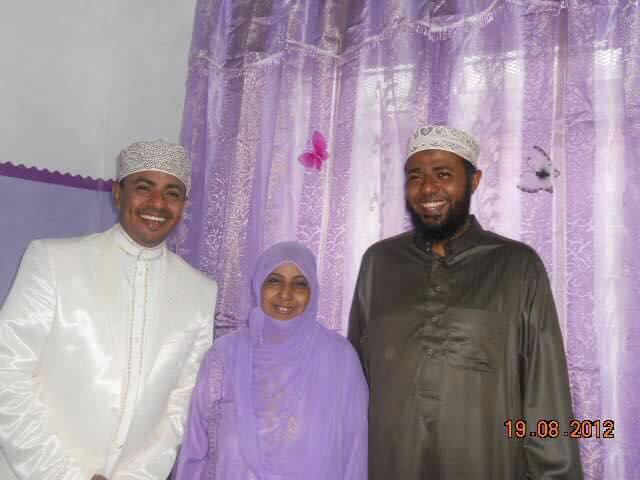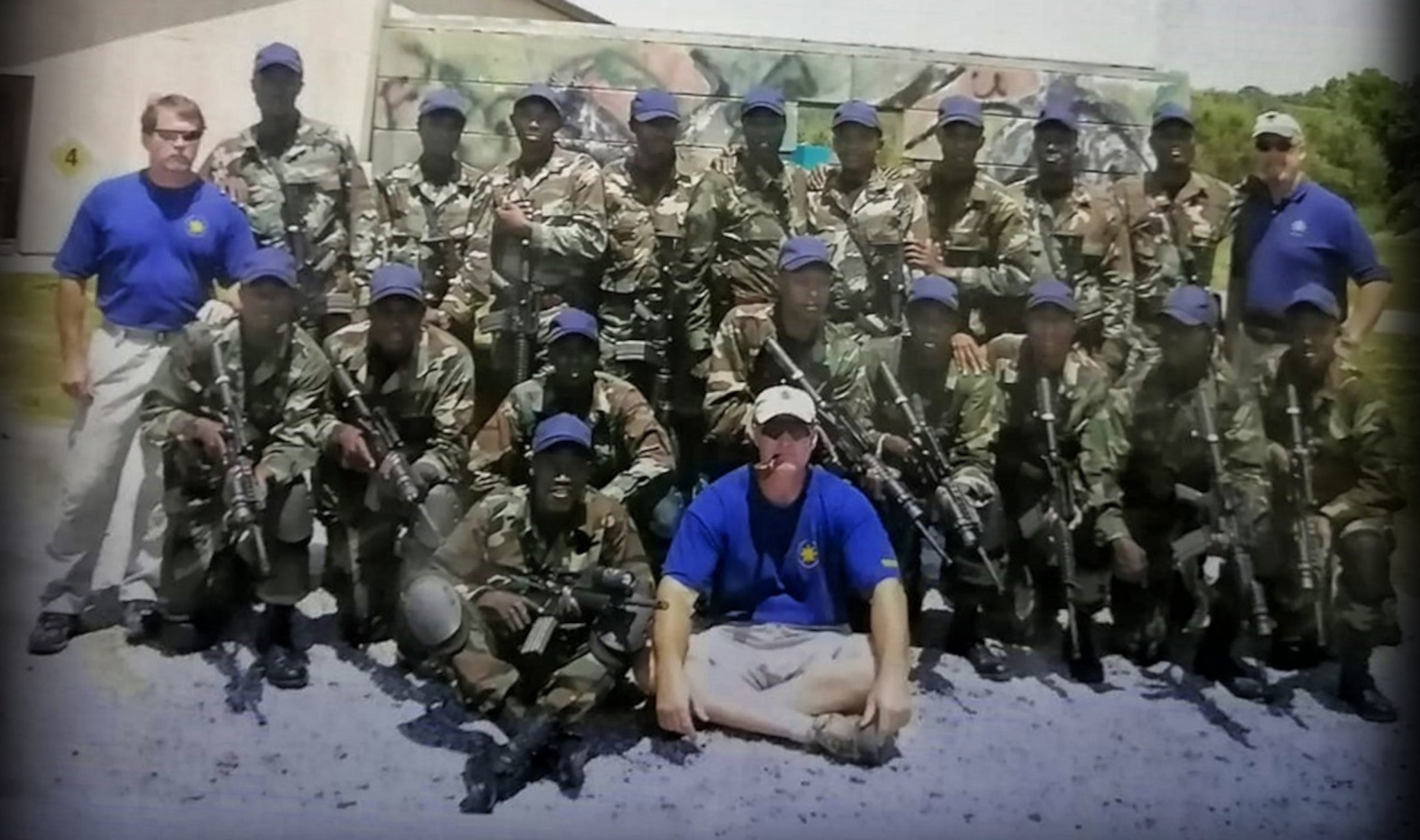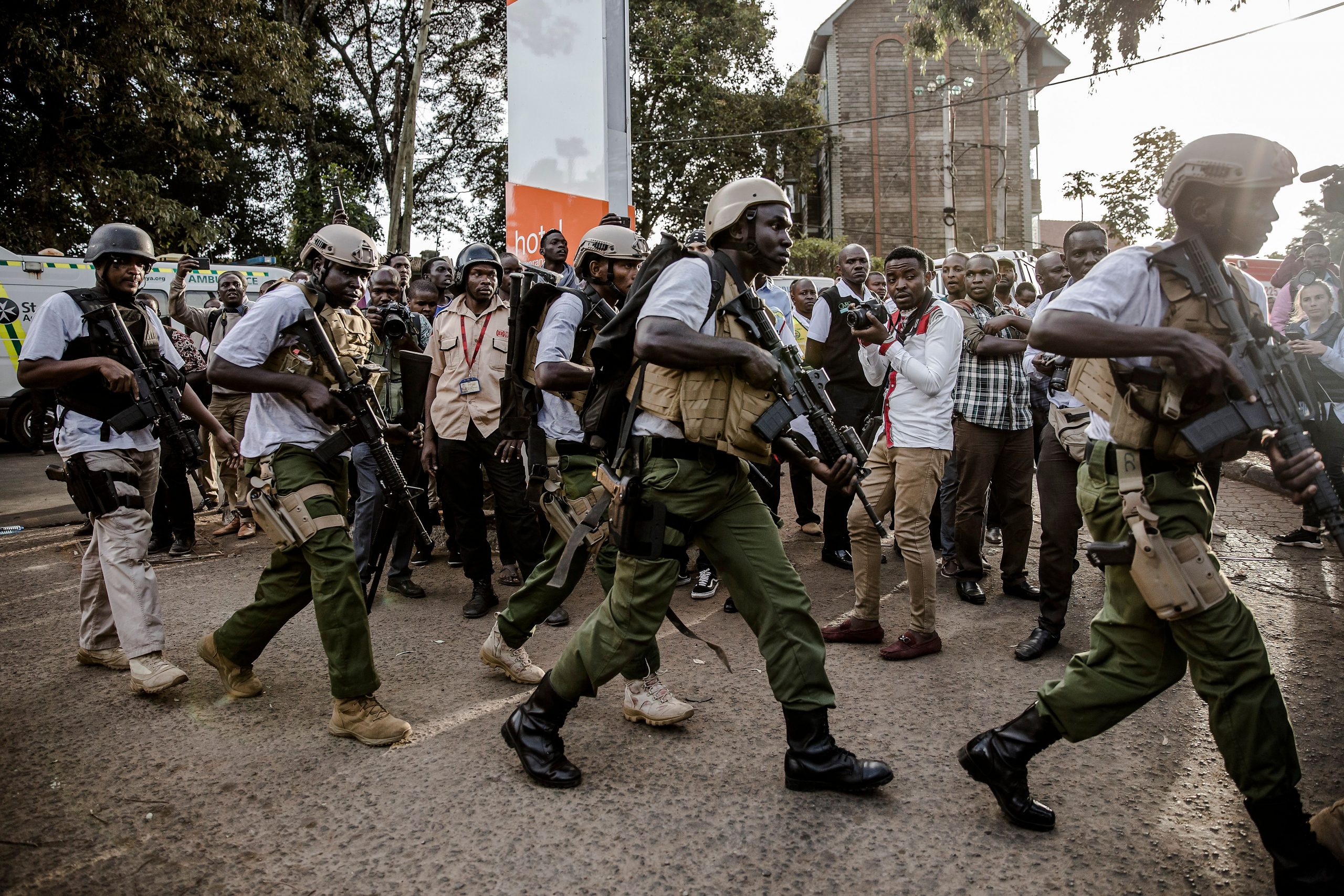Kenya’s High Court has awarded around £40,000 to the family of a man killed by a CIA-backed paramilitary team.
Omar Faraj, a 39-year-old cashier, was shot dead in the coastal city of Mombasa in 2012.
His case is the first time Kenya’s courts have found in favour of a victim of counter-terrorism operations in over twenty years of renditions and killings during the so-called ‘war on terror’.
The “milestone” judgment comes after a Kenyan human rights organisation took legal action against the police based on a multi-year investigation by Declassified.
Muslims for Human Rights (MUHURI) filed a lawsuit after we revealed CIA-backed paramilitaries were ordered to “eliminate” a terror suspect, but instead murdered Faraj in a case of mistaken identity.
His family will now receive 6.5 million Kenyan Shillings in compensation after a judge found his “shooting was totally unwarranted… unjustifiable and unlawful”.
The judgment was described as a “significant victory” by the Kenya Human Rights Commission.

Murder in Mombasa
After Faraj was killed in a night raid by plainclothes commandos, we compiled eyewitness accounts and spoke to a whistleblower to uncover who was responsible.
Our investigation revealed his killers worked for a CIA-backed covert paramilitary squad known as the Rapid Response Team (RRT).
The men had in fact been hunting for a terror suspect named Fuad Abubakar Manswab, with orders to “eliminate” him.
However, an informant mistakenly led the paramilitaries to Faraj’s family home in Mombasa.
Unaware they were targeting the wrong house, on the night of 28 October 2012, RRT commandos broke down Faraj’s door and fired tear gas inside.
His widow previously described the night raid to us, recalling how the plainclothes officers opened fire on her husband as he attempted to scale his garden wall and escape to safety.
The paramilitaries shot him in the temple and he fell back on top of his wife, blood streaming from his head.
The M4 carbines used by RRT officers to murder Faraj had been supplied by the CIA.
Fearing that the commandos would kill her too, Rahma Ali, who was covered in her husband’s blood, said she played dead next to him.
The body of the informant who mistakenly led the RRT to Faraj’s house was later found dumped, with a gunshot wound to the head. He had been murdered in an apparent summary execution by Kenyan forces.
Quest for justice
“I am convinced that the shooting of the deceased, Omar Faraj, was totally unwarranted”, Justice Olga Sewe said in her judgment.
She described the night raid by the RRT paramilitaries to be an “unjustifiable and unlawful invasion of their home…without any reasonable or probable cause for suspicion of any offence committed by Omar Faraj and his wife.”
Mombasa-based MUHURI took legal action against the Kenyan Police, Director of Public Prosecutions and Attorney General over the killing of Faraj.
The human rights group relied on evidence it had gathered, alongside our report and subsequent affidavit.
In his petition, MUHURI board member Khelef Khalifa said that the failure by the police to take action to ensure justice was “an affront, not only to the rule of law and the fundamental tenets of democracy, but also to the rights of the deceased and his family.”
Justice Sewe noted that Kenyan police did not contest the facts of the raid in the early hours of 28 October 2012, as established by MUHURI and Declassified.
She said that the evidential burden had shifted to Kenyan police to demonstrate that the shooting was warranted, but “[n]ot a whiff, by way of explanation for the shooting, was forthcoming”.
Khalifa, who spearheaded MUHURI’s claim against the Kenyan government, described the judgment as a “milestone in accountability for abuses in Kenya.”
He added that the case was “just the first step in holding Kenyan police to account over its contempt for the law…These forces have repeatedly shown a preference for spilling blood over using the due process, and the murder of Faraj is just one of countless cases of state crime against the Kenyan people.”
“MUHURI fully intends to hold the individual officers concerned liable for Faraj’s murder, as it seeks to uphold the constitution and rule of law”, Khalifa continued.
Faraj’s widow, Ali, said that the court’s rulings vindicated her husband’s innocence and denounced his summary execution as a violation of his right to life.
“It’s a bittersweet moment,” she commented. “Bitter because my husband can never return. Sweet because the court affirmed his innocence.”
Ali added: “This is the initial step towards ensuring accountability for those who took my husband’s life. They must face justice.”
The US State Department and its embassy in Kenya ignored Declassified’s requests for comment following the High Court judgement, as they did with our 2020 investigation.
Meanwhile, the CIA – which effectively “owns” the RRT, according to its commandos – “declined to comment”.

Birth of a hit squad
After 9/11, the CIA rapidly developed a network of paramilitary-police partnerships in over sixty countries.
A European Union investigation described it as a “global spider’s web” through which the CIA paramilitary wing operates.
The RRT special squad was itself created in 2004, in a joint CIA and Kenyan intelligence effort.
They wanted to create a force nominally part of Kenya’s paramilitary General Service Unit’s Recce Company, but effectively run as a CIA ‘surrogate’ force.
America already had a foot in the door. UK Foreign Office records we obtained show that the CIA’s relationship to the Recce Company dates to at least the 1980s.
The RRT is guided on tactical operations by the CIA’s paramilitary Special Activities Center.
It works with the US intelligence agency on counter-terrorism, including renditions and kill-capture operations.
Elsewhere in the ‘war on terror’, CIA surrogate forces, such as the notorious ‘Zero Units’, have been implicated in abusive night raids and summary executions in Afghanistan.
RRT paramilitaries, who are trained in the United States, use covert tactics such as disguising themselves as aid workers on operations in Kenya’s refugee camps.
The RRT sets out to kill or capture targets, largely provided by the CIA and Kenya’s National Intelligence Service, but also Britain’s Secret Intelligence Service, better known as MI6.
The creation of the RRT was “an indigenous solution to an indigenous problem”, a former senior CIA counter-terrorism official previously told Declassified.
CIA leaders “felt that setting up these units was important”, they explained. “It puts a unit under our control for when we have targets that we feel need to go down.”
Much like the CIA and MI6’s covert war in Yemen, many of the RRT’s targets emerge in body bags.
One commando previously told Declassified of the RRT’s tactics: “When we were trained on threats, we were taught human rights come later.
“If you have this bad guy and you cannot get him for interrogation, then you’d better execute [them].”
—
A copy of the High Court ruling and Declassified’s affidavit in support of MUHURI’s case can be obtained via @nshabibi.



